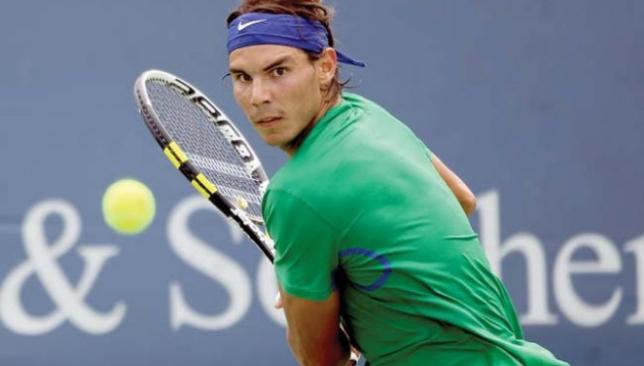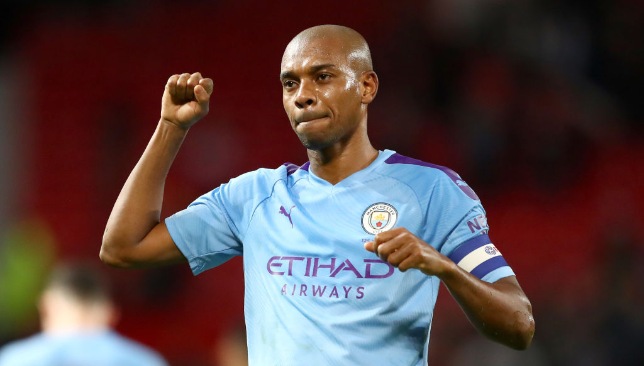
After Rafael Nadal crashed out of the Cincinnati Masters on Friday night a little over a week after his opening round loss in Montreal, there’s one thing we know for sure, we can no longer blame it on the rustiness.
The Spaniard’s poor performances on the North American hardcourts these past couple of weeks have raised several questions, not just on Nadal’s readiness to defend his title at the US Open but mainly on the mysterious collapse of his aggressive game and the absence of his biggest asset – his mental strength.
When you think of Nadal as a player, certain things spring to mind; his mastery in controlling his nerves, his unimaginable fitness that allows him to tirelessly fight for hours on court, and his punishing forehand that spins so fast and rebounds so high that Roger Federer probably dreams about it in his sleep.

Fernandinho exclusive: Ze Roberto inspiration and meetings with Pep Guardiola on new position
This week in Cincinnati – a place where he has never done particularly well – the world No.2 was unable to count on any of those three weapons as he seldom played his best on the big points, seemed extremely fatigued in the second and third round, and committed more errors than winners with his forehand.
Is it time to sound the panic alarm for Nadal or is this dip in form justifiable and potentially reversible?
While it is puzzling to see Nadal hit one single winner in an entire set against Fish and show lots of hesitancy on court as opposed to going for his shots, the fact of the matter is the 25-year-old is fried and needs a break. His record this year is 53-10, coming only second behind Novak Djokovic – who is 57-1.
Since falling in the quarter-finals in the Australian Open, the Mallorcan made eight finals in nine tournaments through Wimbledon, and while we can’t argue the fact that Djokovic has shaken his confidence with his five beat-downs on Nadal this year on three different surfaces, the apparent exhaustion is piling on his woes and it’s hard to see him bounce back in time for Flushing Meadows.
He can find some solace in the fact that he played slightly better against Fish than he did in his miserable match against Verdasco, albeit if it was just his serve.
But having played almost four hours against Verdasco at 11am in scorching heat and excessive humidity, followed by a doubles match at 5pm, which he refused to withdraw from, on account of the commitment he made to his friend and partner, Marc Lopez, it really was no surprise that Nadal was toppled by Fish in straights the following afternoon.
The Rafa from the 2009 Australian Open who battled against Verdasco for five hours and 15 minutes before beating Federer the next day in the final in five sets, could handle something like that, but at the moment he clearly lacks the strength both mentally and physically.
History has shown that Nadal can turn around a slump and come back stronger like he did after his knee injury mid-2009, but this is a new challenge for the top Spaniard. His pain is not coming from an injury, but from the taste of repeated defeat from an exceptionally dominant nemesis compounded by accumulated fatigue. How soon will he return to his imposing self?
A turnaround in the Open would be incredible, though highly unlikely; nonetheless the tennis world is eagerly awaiting its raging bull to charge once more.